Ambient music is super versatile… It’s atmospheric, evolving, and rich with texture.
This makes it the perfect genre to dive into if you want to create immersive soundscapes that really captivate listeners.
As a producer, learning how to make ambient music can really expand your creative palette and open up new ways to express emotion and mood through sound.
Which, as you know, is a very powerful tool to have.
That’s why we’re breaking down everything you need to know about how to make ambient music, like:
- Understanding the core elements ✓
- How to make ambient music that doesn’t suck ✓
- Building texture and soundscapes ✓
- Utilizing space and silence techniques ✓
- Crafting slower, evolving rhythms ✓
- Choosing the right tools and instruments ✓
- Creating lush soundscapes with synths ✓
- The process of Incorporating acoustic elements ✓
- Using field recordings for organic textures ✓
- Setting up your DAW for optimal workflow ✓
- Applying reverb and delay for depth ✓
- Arranging and structuring your track effectively ✓
- All the techniques that make ambient music shine ✓
After reading this article, you’ll know everything about how to make ambient music like a true professional.
You’ll be able to knock out soundscapes that draw listeners in, create tracks that evolve and breathe, and add layers of complexity that keep your music engaging every time.
Plus, you’ll learn techniques that ensure your ambient tracks stand out in a genre that really thrives on subtlety and creating atmosphere.
So, let’s dive in…
Table of Contents
- What Exactly is Ambient Music?
- How to Make Ambient Music: The Core Elements
- Essential Tools & Instruments for Ambient Music
- Synthesizers and Pads: Creating Lush Soundscapes
- Incorporating Acoustic Instruments (Guitar, Piano)
- Field Recordings and Found Sounds for Organic Textures
- Pro Tip: Layering Field Recordings to Add Depth
- Starting with an Ambient Drone: The Foundation of Ambient Tracks
- Using Reverb and Delay for Depth and Space
- Using Modular Synths for Complex Textures
- Pitch Shifting and Time Stretching Techniques
- The Role of Melodic Elements in Ambient Music
- How to Make Ambient Music: Arrangement and Structure (Summing it Up)
- How to Make Ambient Music: Final Thoughts
What Exactly is Ambient Music?

Ambient music is all about creating an atmosphere that feels super immersive, almost otherworldly.
As opposed to more traditional song structures or melodies, this unique genre focuses solely on:
- Texture
- Space
- Overall mood
Instead of catchy hooks or driving beats, ambient music really draws the listener into a sonic landscape where sounds basically float, merge, and evolve.
Sounds pretty cool, right?
This style of music is often used to enhance environments 一 making it a perfect backdrop for innovative production, meditation, relaxation, or even introspection.
What sets ambient music apart is its ability to transport the listener to a different place or state of mind.
Whether it’s through slowly evolving soundscapes, lush reverb, or subtle drones, ambient music aims to be more than just background noise…
It becomes a space that listeners can really lose themselves in.
We’ll be breaking down exactly how to make ambient music step-by-step, so stick with me here, as once you nail it down, it’ll become second nature.
How to Make Ambient Music: The Core Elements
To create ambient music that really makes an impact you must first understand the core elements. From building textures to mastering space and silence, these techniques will set the stage for creating immersive, atmospheric songs. So, let’s break it down.
-
Texture and Soundscapes: Creating Atmosphere

Texture is the heartbeat of any great ambient track 一 it’s what gives the music its depth and makes it feel like you’re stepping into another world.
To create rich textures, layering multiple sounds is essential…
This could include anything from soft synth pads and field recordings, to your own samples of everyday sounds.
For example, layering a deep, droning synth with the gentle hum of distant traffic can create a feeling of being in a big empty city at night.
It helps in creating atmospheric sounds that feel both immersive and organic, pulling the listener deeper into the music (which is what ambient is all about).
Building soundscapes is like painting with sound, where each layer adds a new dimension to the track.
By experimenting with different combinations of sounds, you can create unique atmospheres that evolve over time, keeping the listener engaged.
NOTE: Think of it as sculpting a sonic space where every sound has a place and purpose, contributing to the overall mood and feeling of the track.
-
Space and Silence Techniques
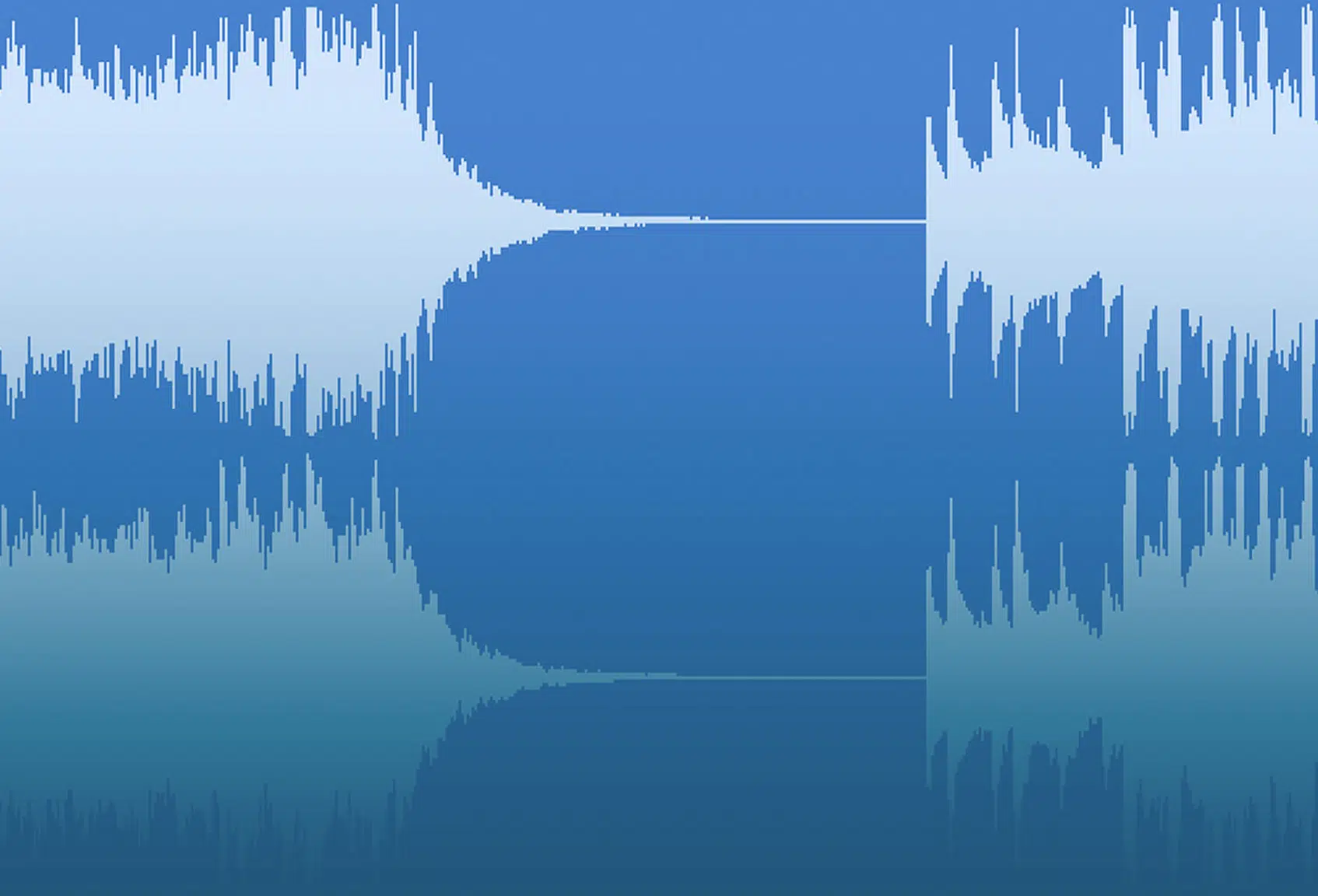
Space and silence are as key to ambient music as the sounds themselves… In this genre, what you leave out is just as important as what you include.
Honestly, that’s the case with most genres as well, so never underestimate the power of silence my friends.
To create a sense of space, try using long reverb tails that allow sounds to breathe and dissipate gradually; creating an expansive sonic environment.
Silence, on the other hand, can be used to create tension and anticipation within your track that people really love.
For example, a well-timed pause between layers of sound can make the listener more hyped for what’s to come next.
It heightens the overall impact of each element when it re-enters the mix.
These techniques work together to create a sonic space that feels everlasting 一 hooking people into the atmosphere you’ve created.
Another great way to use space and silence is by strategically placing sounds within the stereo field.
Panning techniques (which we’ll break down soon) can help you create a sense of distance and depth, making some elements feel closer while others fade into the background.
Panning techniques not only add dimension to your track but also enhance the immersive quality of your ambient music.
It makes the listener feel as though they are surrounded by sound.
By mastering these techniques, you can transform a simple arrangement into a dynamic and evolving soundscape that captivates and intrigues like never before.
-
Tempo and Rhythm: Slower, Evolving Beats
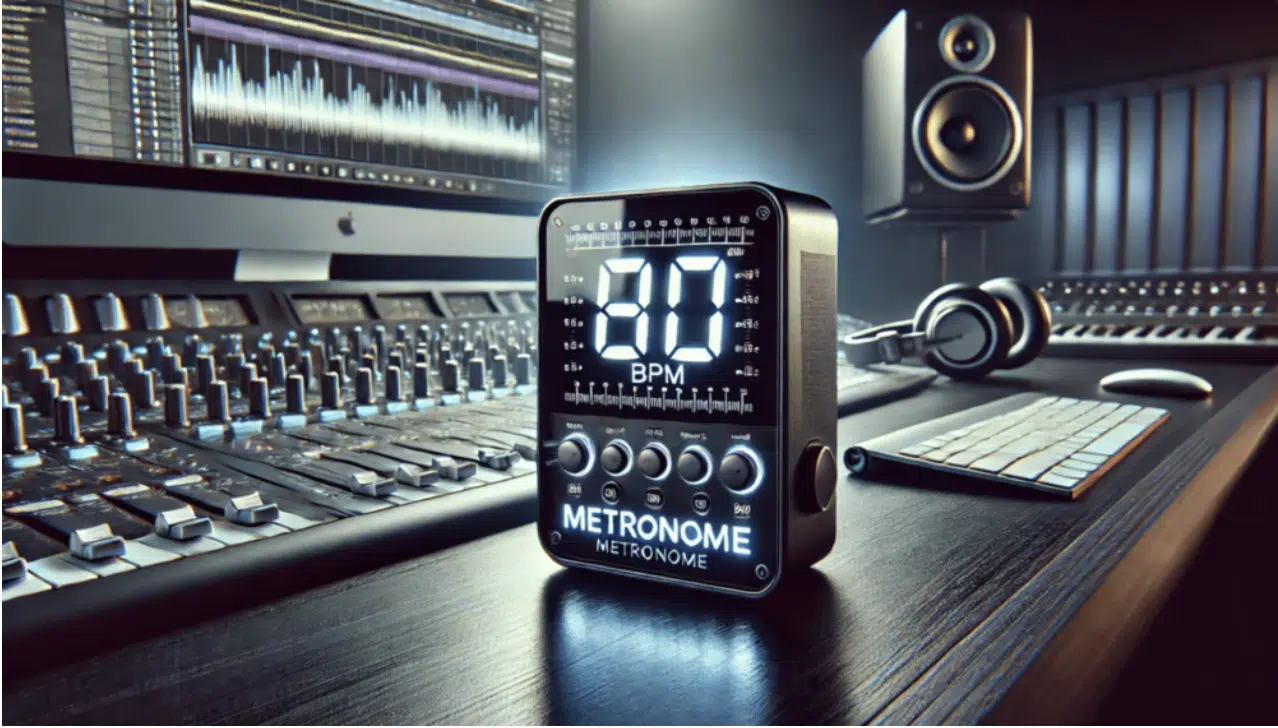
When you’re learning how to make ambient music, be aware that tempo and rhythm often take a backseat to texture and atmosphere.
But that doesn’t mean they’re any less important, because slower, evolving beats can add a subtle sense of movement without dominating the track too.
For example, a slow, pulsing beat layered beneath a shimmering pad can create a gentle undercurrent vibe that guides the listener through the soundscape.
Unlike more traditional genres where rhythm drives the music, in ambient music, the beat is more like a heartbeat 一 steady, subtle, and always in the background.
One technique to achieve this is to use irregular rhythms or time signatures.
These can give your track a fluid, almost unpredictable feel, enhancing the sense of an evolving soundscape.
A slowly shifting rhythmic pattern, perhaps created with soft percussion or even manipulated field recordings, can introduce just enough structure to keep the listener engaged.
All without drawing attention away from the atmosphere, which is key.
This balance between rhythm and texture is key to creating ambient tracks that feel both immersive and endlessly interesting.
Essential Tools & Instruments for Ambient Music
When learning how to make ambient music, like any other genre you’ll need the right tools and instruments. With them, you’ll be able to make some killer lush soundscapes, intricate textures, and evolving atmospheres. Let’s break it down.
-
Synthesizers and Pads: Creating Lush Soundscapes
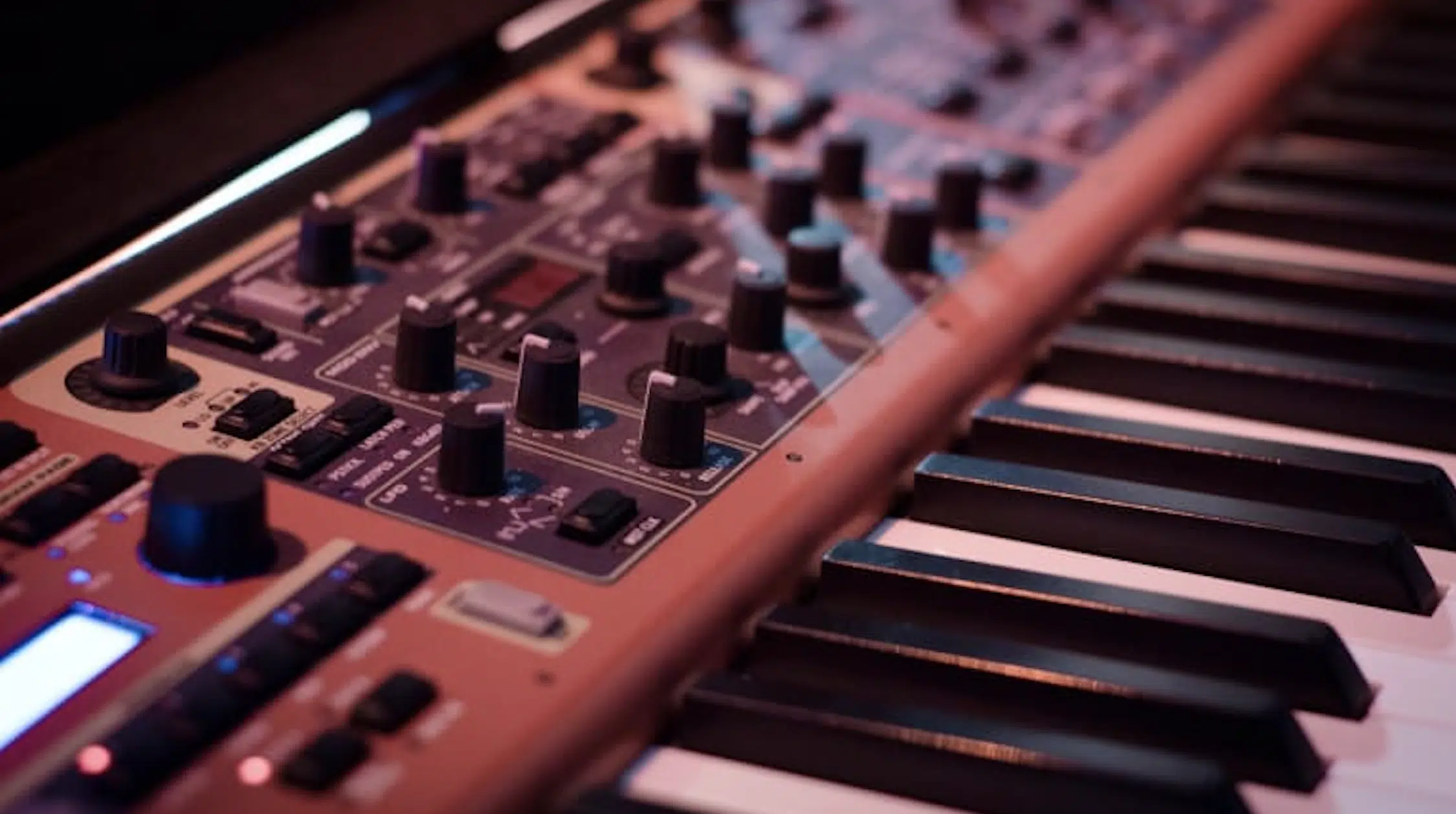
Synthesizers are everything when it comes to ambient music because they provide those rich, evolving textures that really define this genre.
Pads, in particular, are essential for creating those lush, expansive soundscapes that envelop the listener.
For example, using a synth like the Access Virus or a software synth like Serum, you can layer multiple pads with varying attack and release times.
This could be a soft, evolving sine wave pad alongside a slightly detuned sawtooth wave for added warmth, or a slowly modulating triangle wave pad that gently shifts in texture as it evolves; dealer’s choice.
NOTE: A pad sound created with a triangle wave, layered with noise and processed through a low-pass filter with high resonance, can give you some interesting results.
This will help create a sound that feels both deep and wide.
Also, modulating the filter cutoff or adding a slow LFO can introduce movement within the pad 一 making it feel alive and dynamic.
Remember, creating lush soundscapes usually involves subtle manipulation of the synth parameters to add depth and complexity.
So, techniques like slight detuning or introducing a bit of white noise can give your pads a more organic, less polished feel (which is perfect for ambient songs).
Make sure to play around with different waveforms, such as sawtooth or sine waves, and blend them together to create a pad that has both warmth and presence.
This attention to detail is what will set your ambient music apart, creating a sonic space that feels immersive and inviting.
-
Incorporating Acoustic Instruments (Guitar, Piano)
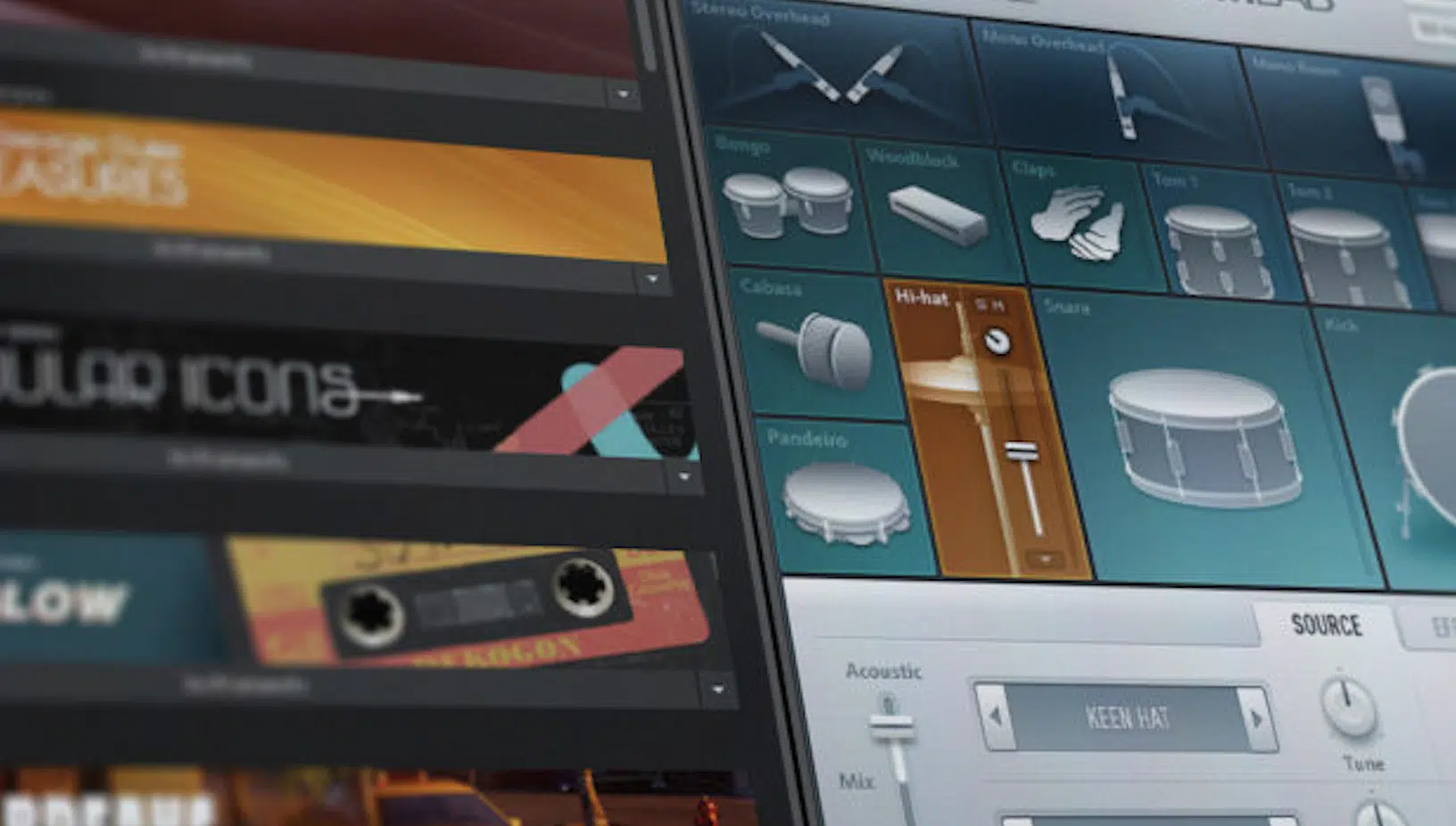
Acoustic instruments like a guitar or piano can add an organic layer to your ambient music, creating a blend of synthetic and natural sounds which is pretty sweet.
Running an electric guitar through a long reverb and delay chain can transform simple strums into vast, echoing soundscapes that add warmth to your track.
On the same note, playing slow, sustained chord progressions on a piano, drenched in reverb, can introduce a melodic, haunting quality.
It complements the more atmospheric sounds perfectly.
The key is to keep the instrumentation minimal 一 allowing these elements to enhance the ambient atmosphere without overwhelming the sonic space.
By subtly integrating these instruments, you’ll be making music with that heavy ambient edge in no time (that your listeners will surely love).
-
Field Recordings and Found Sounds for Organic Textures

When it comes to ambient music, field recordings and found sounds are everything because they add sick textures that can’t be replicated by traditional instruments.
So, try capturing everything sounds like:
- Rain
- Wind
- Sistant traffic
Then, manipulate them with effects such as reverb or delay to transform these mundane noises into atmospheric sounds that fill your sonic space.
For example, layering the sound of rustling leaves with a low, distant hum can create a natural, immersive background that enhances the other elements in your track.
These organic textures help ground your ambient music 一 making it feel more connected to the real world while still maintaining an otherworldly atmosphere.
-
Pro Tip: Layering Field Recordings to Add Depth
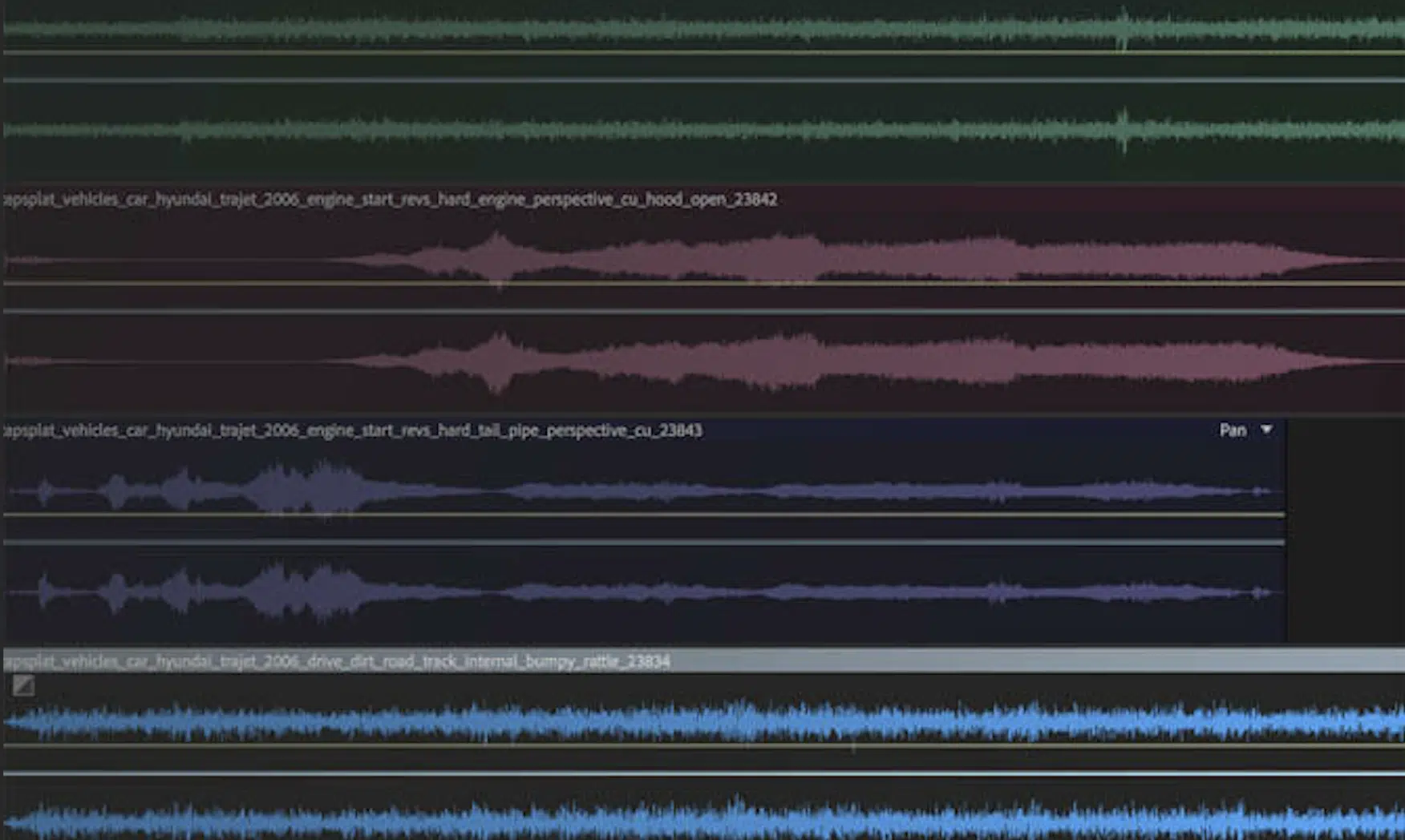
Layering multiple field recordings, as we touched upon earlier, is a powerful technique to add depth and dimension to your ambient music.
Start by selecting complementary sounds, such as the gentle murmur of a stream combined with soft wind chimes.
Then, place them in different parts of the stereo field to create a sense of space.
Adjust the levels and frequencies (lower frequencies/high frequencies) to ensure each layer adds to the overall texture without cluttering the mix.
For example, you could:
- Lower the bass frequencies of the stream to prevent it from overpowering the wind chimes.
- Boost the high frequencies of the chimes to make them sparkle and stand out in the mix.
This will create a balanced and immersive soundscape where each element contributes to the overall atmosphere without competing for attention.
It allows you to create a dynamic, evolving soundscape that enhances that immersive feel you’re aiming for.
-
Starting with an Ambient Drone: The Foundation of Ambient Tracks
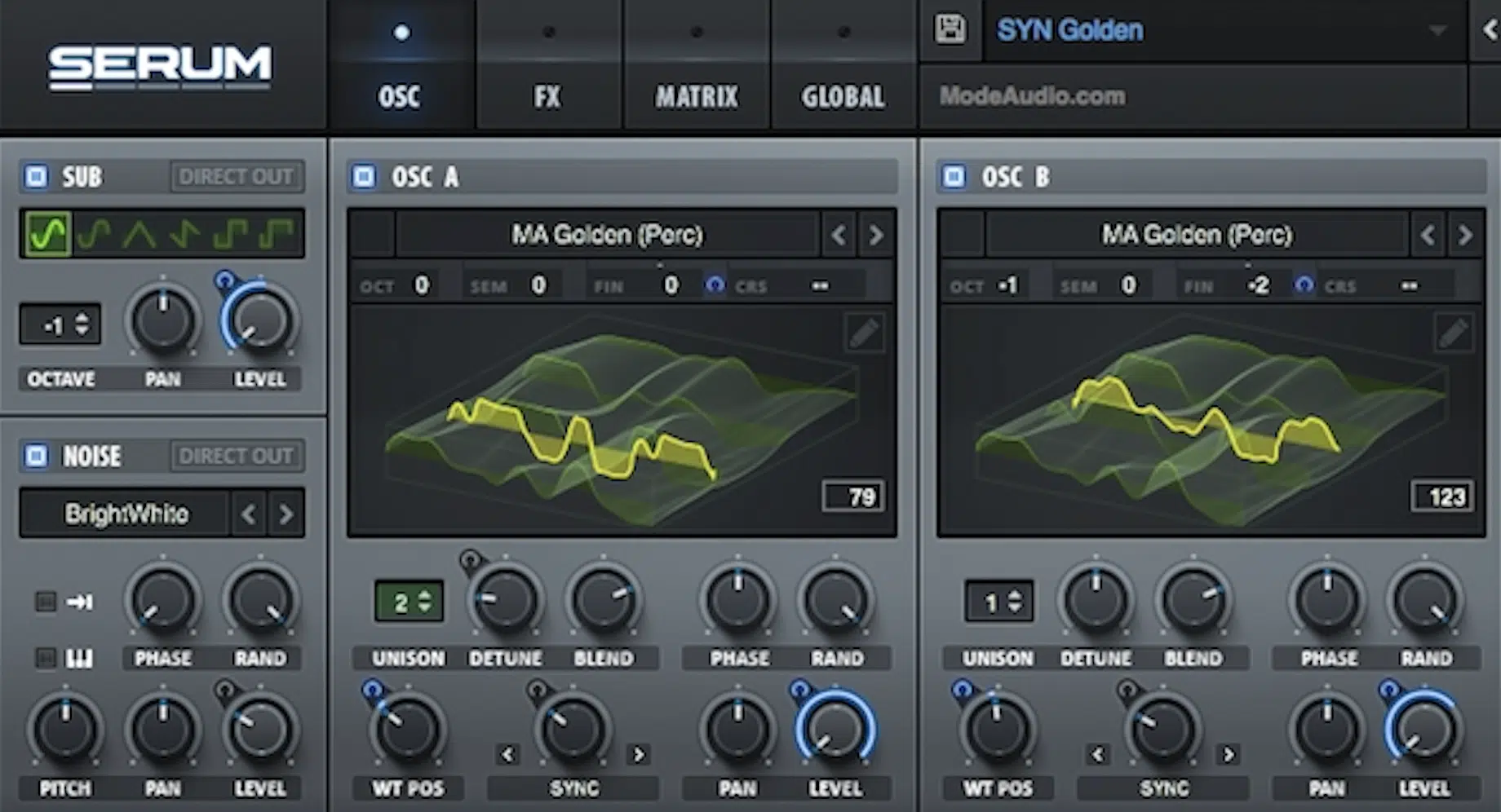
A drone is often the foundation of an ambient track, providing a constant tonal center that other elements can build upon.
This steady, unchanging tone helps to ground the track 一 giving it a sense of continuity and flow, even as other elements shift and change around it.
To create a captivating drone, start with a simple sustained note or chord, using a synth patch that has a long attack and release to create a smooth, flowing sound.
For example, a low C note sustained on a pure sine wave oscillator, processed with heavy reverb and a touch of delay, can create a deep, resonant foundation that fills the sonic space.
Then, gradually introduce subtle modulation to the pitch or filter cutoff (for extra movement and evolution).
Consider this drone the anchor, because it holds everything down and lets things evolve around it in a really cool way.
It’s all about stability within the evolving soundscape.
NOTE: By subtly modulating parameters like the filter cutoff or adding a slight LFO, you can introduce movement within the drone. It will keep things dynamic and engaging throughout your track.
-
Using Reverb and Delay for Depth and Space
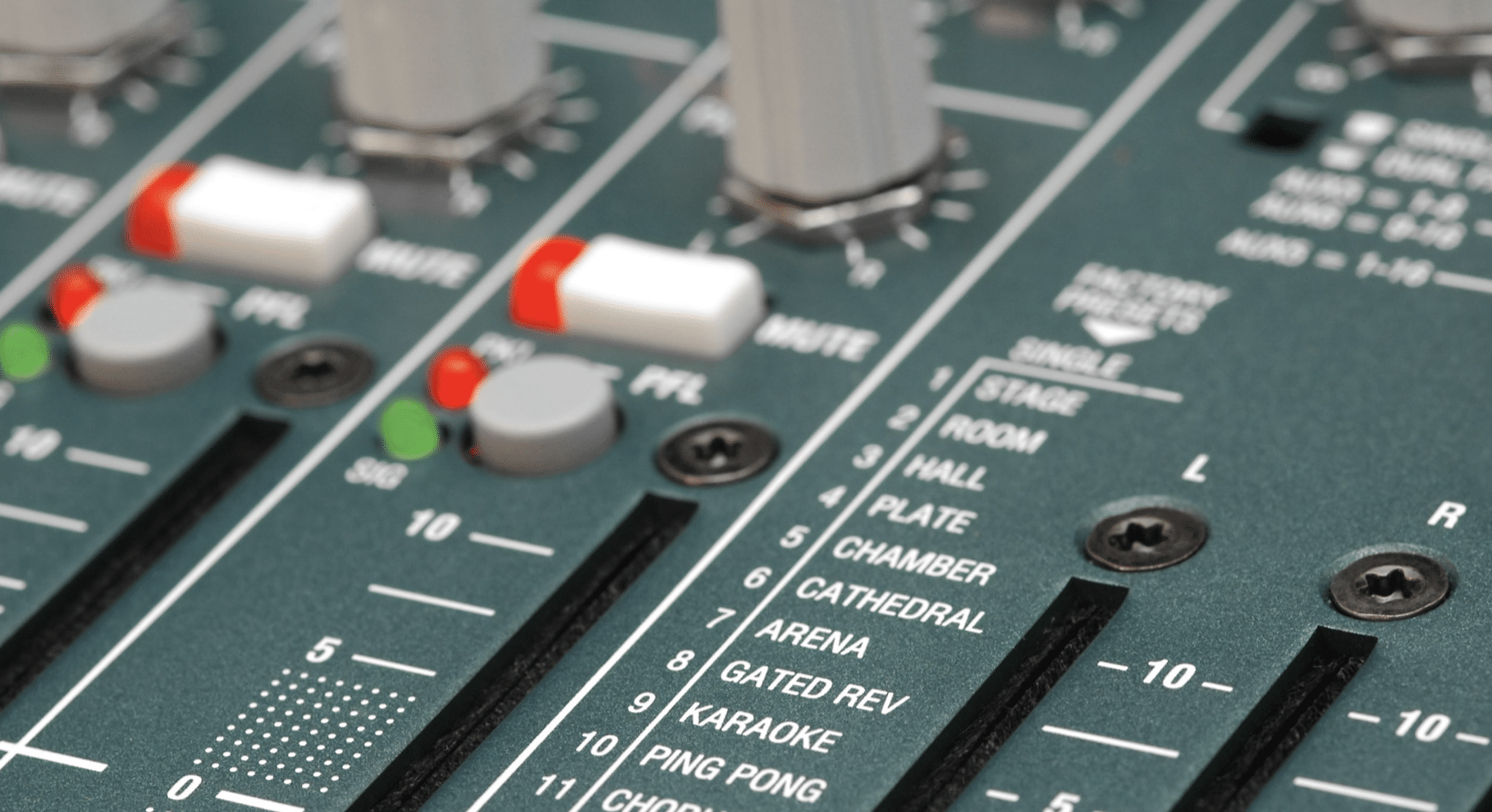
Reverb and delay, as we talked about a little bit, will help you create that immersive quality that defines ambient music as a whole.
Reverb, by adding reflections and echoes, simulates the sound of your music in different spaces; from small rooms to vast cathedrals.
Therefore, it creates a sense of space that can make your track feel boundless.
For example, applying a long reverb tail to a pad sound can stretch its presence across the entire mix 一 making it feel like it’s floating in an infinite space.
Delay, on the other hand, can be used to create echoes that bounce across the stereo field, adding a rhythmic or melodic element that will up the depth of your track.
For example, applying a ping-pong delay to a soft percussive hit can create a cascading effect, where the sound alternates between the left and right channels.
Combining these effects allows you to create a three-dimensional sonic space where each sound can be placed at a specific depth.
For example, you can place a delay before a reverb to create echoes that gradually fade into a misty, reverberant space, enhancing the feeling of distance and mystery.
It’ll help to build a more layered, complex ambient soundscape that captivates the listener when they listen.
-
Using Modular Synths for Complex Textures
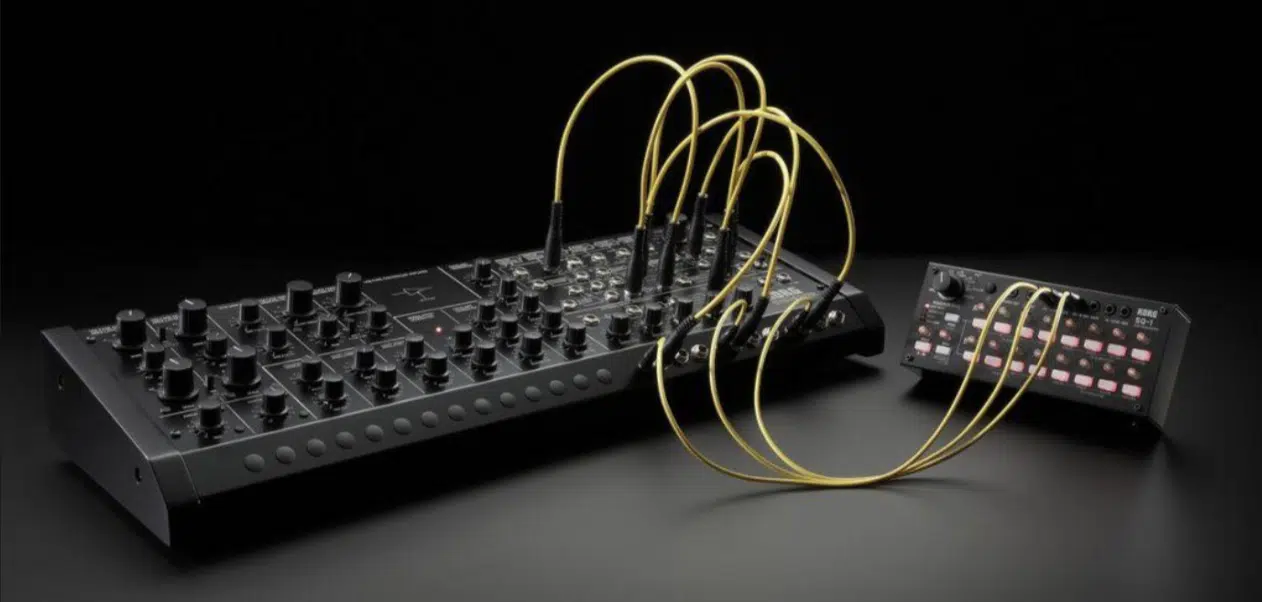
Modular synths offer unparalleled flexibility and creativity when it comes to sound design in ambient music (one of my personal favorite subjects).
By patching different modules together, you can create complex, evolving textures that would be difficult to achieve with more traditional synths.
For example, using a granular synthesis module, you can take a simple sound, like a plucked string, and transform it into an intricate, shifting texture.
One that adds layers of interest to your track people flock to.
Adding modules like random voltage generators or sequencers can also introduce elements of unpredictability 一 ensuring that your soundscapes remain fresh.
This approach allows you to explore new sonic territories, creating ambient songs that are full of detail and evolving soundscapes that captivate the listener.
I’ll say it once, I’ll say it a million times, when you’re learning how to make ambient music, evolving soundscapes are everything.
-
Pitch Shifting and Time Stretching Techniques
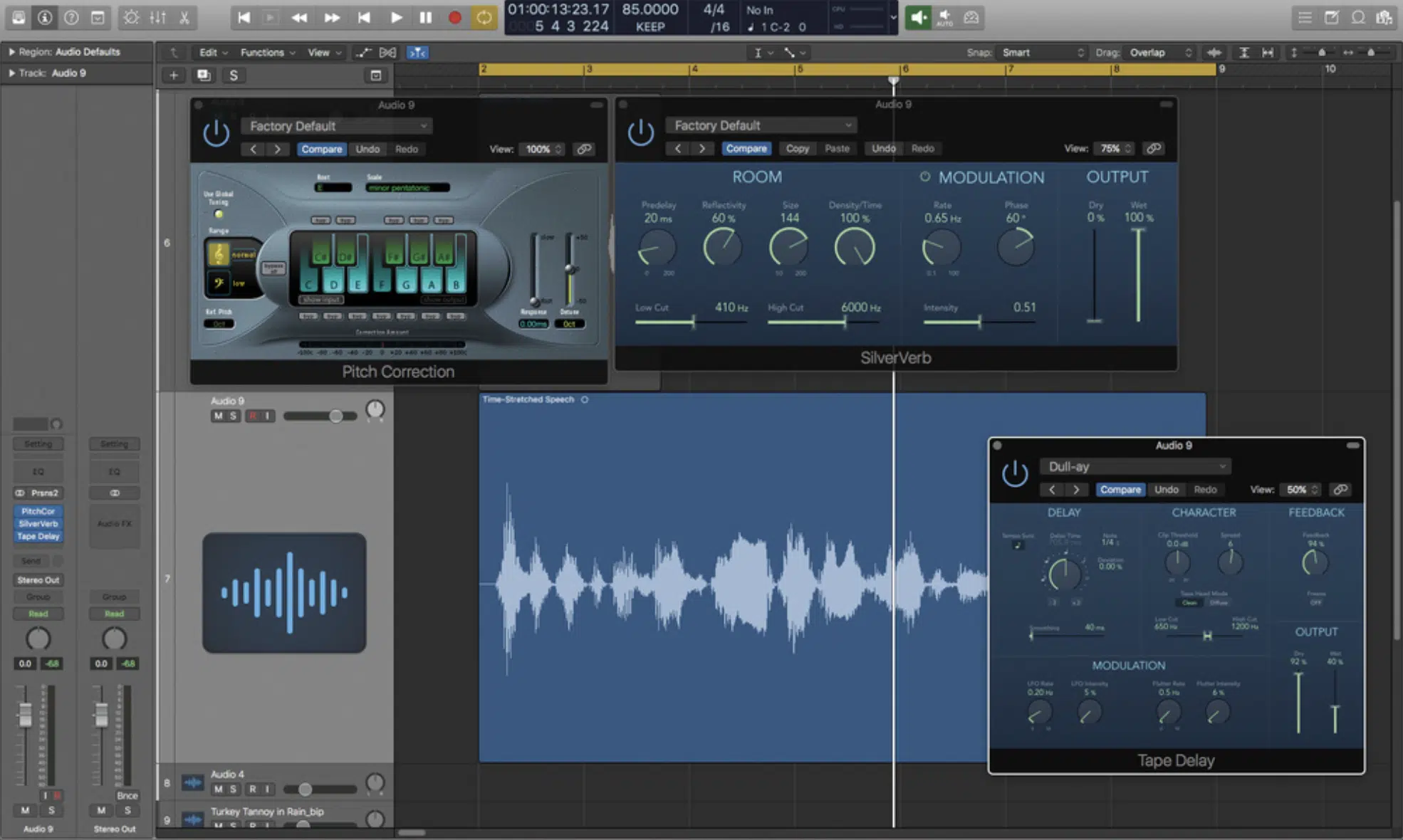
Pitch shifting and time stretching are powerful techniques when you’re creating ambient music because it allows you to manipulate sound in ways that can drastically alter its texture and emotional impact.
Pitch shifting can be used to create deep, rumbling bass tones or ethereal, high-frequency sounds 一 adding a sense of scale and depth to your track.
For example, taking a vocal sample and pitch-shifting it down several octaves can transform it into a haunting, drone-like sound that adds to the ambient atmosphere.
Time stretching, on the other hand, involves extending the duration of a sound without altering its pitch (which is perfect for creating long, evolving textures).
Using extreme time stretching on a short percussive sound, for instance, can turn it into a slow, evolving soundscape that brings the ambience to life.
These techniques allow you to play around with the temporal and tonal aspects of sound, opening up new creative possibilities in your ambient music production.
So, if you’re just getting into production, make sure to practice, practice, practice.
The Role of Melodic Elements in Ambient Music
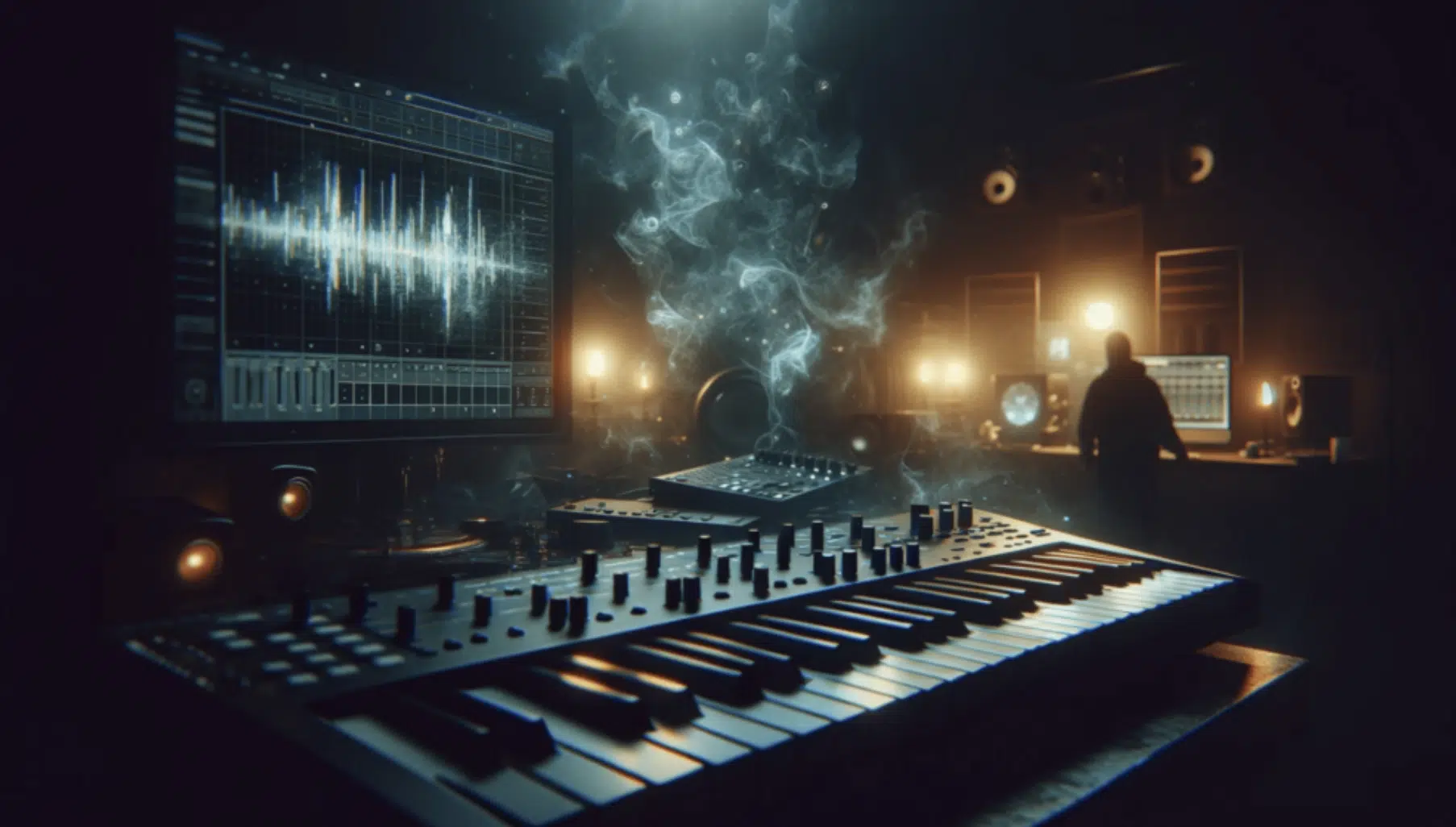
While ambient music really emphasizes texture and atmosphere over melody as I mentioned earlier, incorporating subtle melodic elements can be awesome.
It can add a layer of emotional depth to your songs; the type that makes great demo songs, by the way.
Melodies in ambient music are typically:
- Minimalistic
- Repetitive
- Slow
They’re basically designed to complement the evolving soundscapes rather than dominate them.
For example, a simple three-note melody played on a soft, reverb-heavy piano can provide a gentle, human touch that contrasts with the more abstract sounds in the mix.
By using melodies sparingly and allowing them to bob in and out of the sonic space, you can create a sense of movement and progression that is irresistible.
NOTE: Melodic elements in ambient music serve as a bridge between the familiar power and the unfamiliar 一 guiding the listener through the inspired atmospheric soundscape you’ve created.
-
Evolving Rhythmic Patterns in Ambient Music
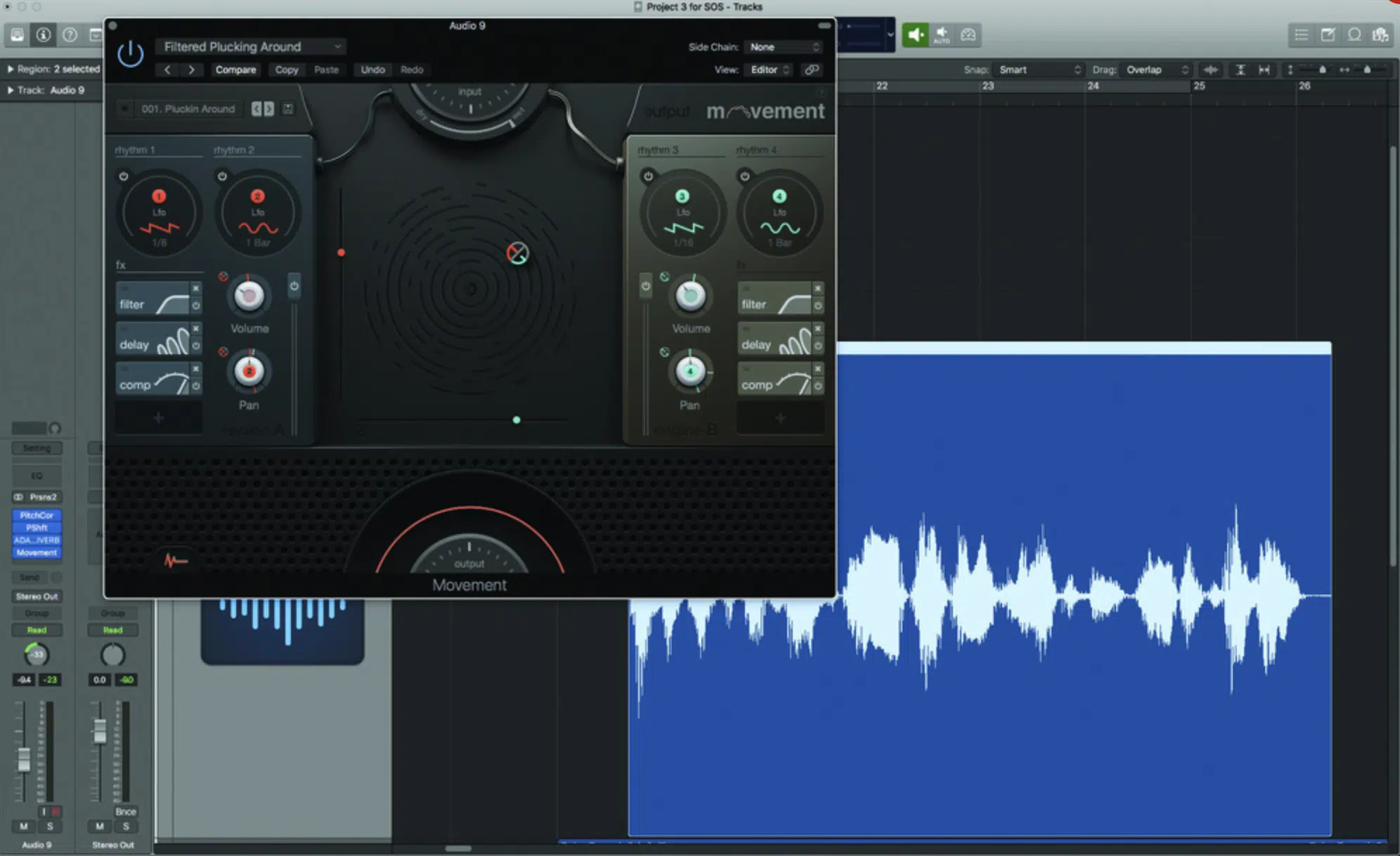
Evolving rhythmic patterns play a subtle yet super important role in ambient music, providing a sense of movement without overpowering the soundscape.
Unlike traditional genres where the rhythm is often the focal point, in ambient music, rhythms are more fluid and can evolve slowly over time.
For example, using irregular time signatures or introducing slight variations in timing can create a sense of unpredictability that keeps the listener engaged.
A soft, repetitive percussion loop can gradually morph by automating effects like reverb, delay, or even pitch 一 adding complexity and depth to the rhythm.
It helps in maintaining a sense of progression and evolution within the track to make sure that the ambient music remains dynamic and intriguing.
-
Pro Tip: Using Volume Automation for Texture Shifts
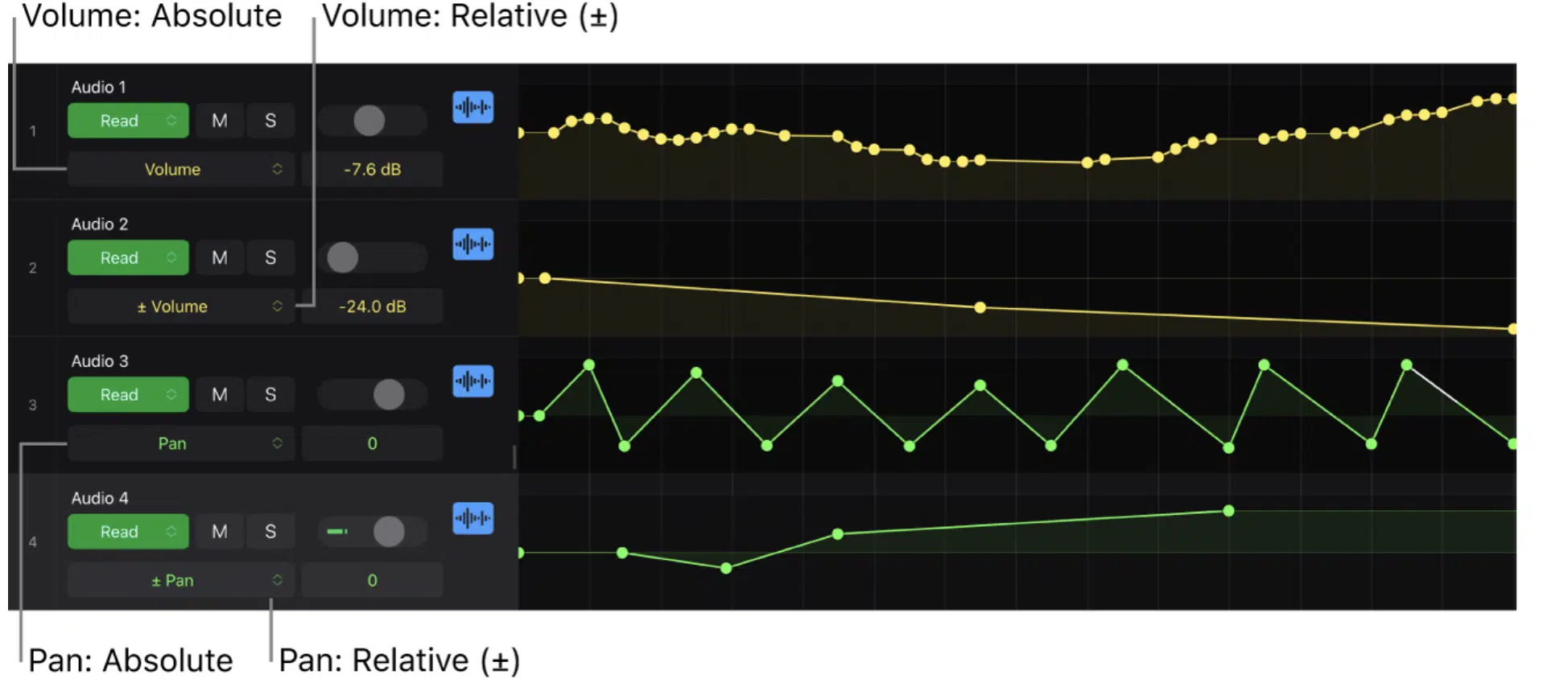
Volume automation is a great tool for creating minor texture shifts in ambient music.
By gradually increasing or decreasing the volume of different elements, you can introduce new layers or bring existing ones to the forefront.
For example, slowly fading in a pad sound while simultaneously reducing the volume of a drone can create a smooth transition that adds a sense of movement to the soundscape.
Also, using volume automation on reverb tails can make the ambient space feel more dynamic, as elements appear to expand or contract within the mix.
This technique allows you to knock out an evolving soundscape that maintains the listener’s interest without the need for drastic changes in the music.
When you’re learning how to make ambient music, just remember that subtly is typically the key and not boring your listeners to death is #1 priority.
-
Incorporating Vocal Elements
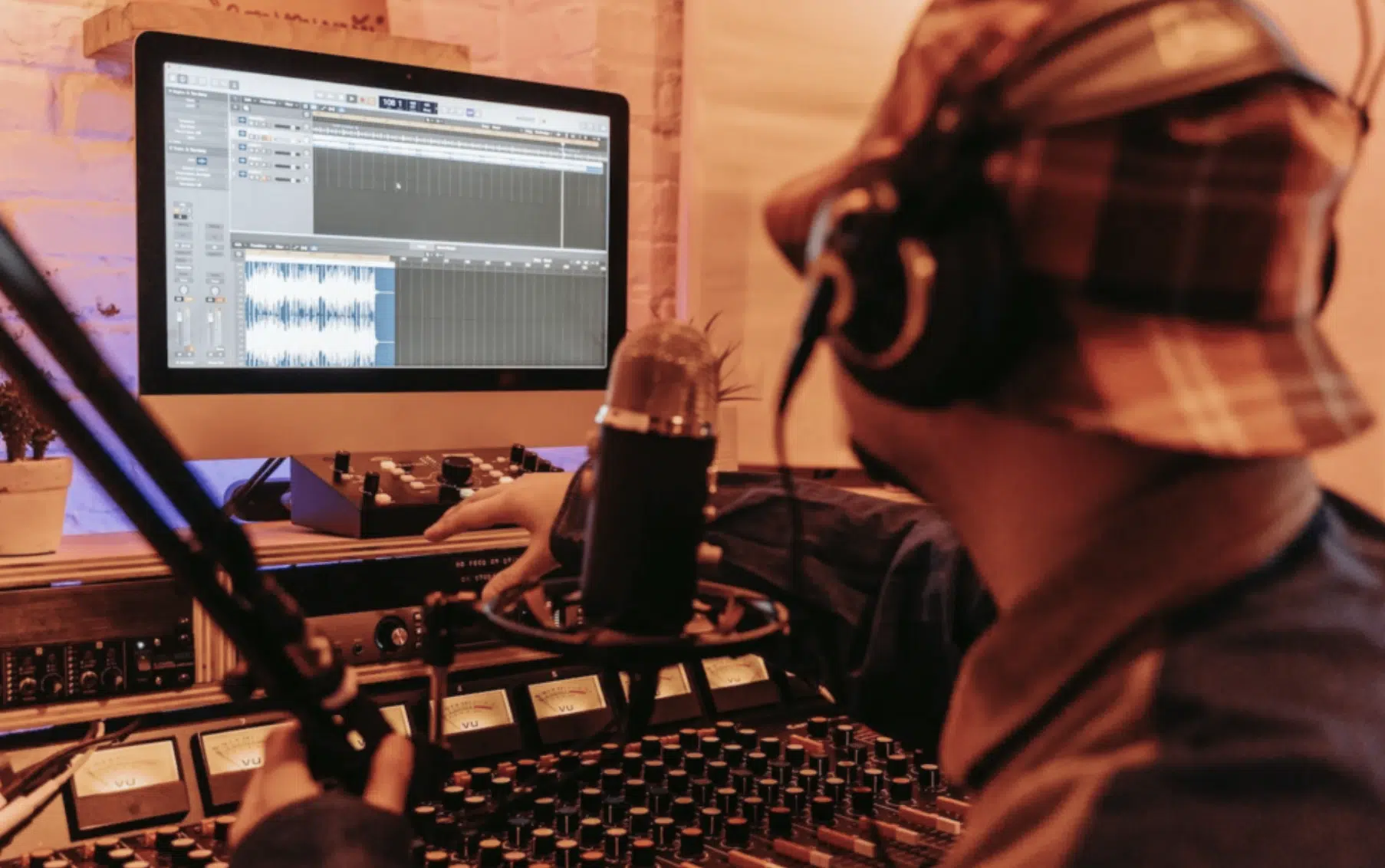
Incorporating vocal elements into your ambient music can add a human touch and emotional impact to your tracks.
Rather than using traditional vocal lines, try using vocal samples, chants, or whispers processed with reverb and delay to blend flawlessly into the soundscape.
For example, a softly sung phrase with heavy reverb can become an ethereal layer that floats above your synth pads (anything a stoner would appreciate, really).
Pitch shifting and time stretching vocals can further transform them into hypnotic, atmospheric sounds as we talked about.
By integrating these subtle vocal elements, you create a more engaging and textured ambient track that resonates with listeners on a deeper level.
How to Make Ambient Music: Arrangement and Structure (Summing it Up)
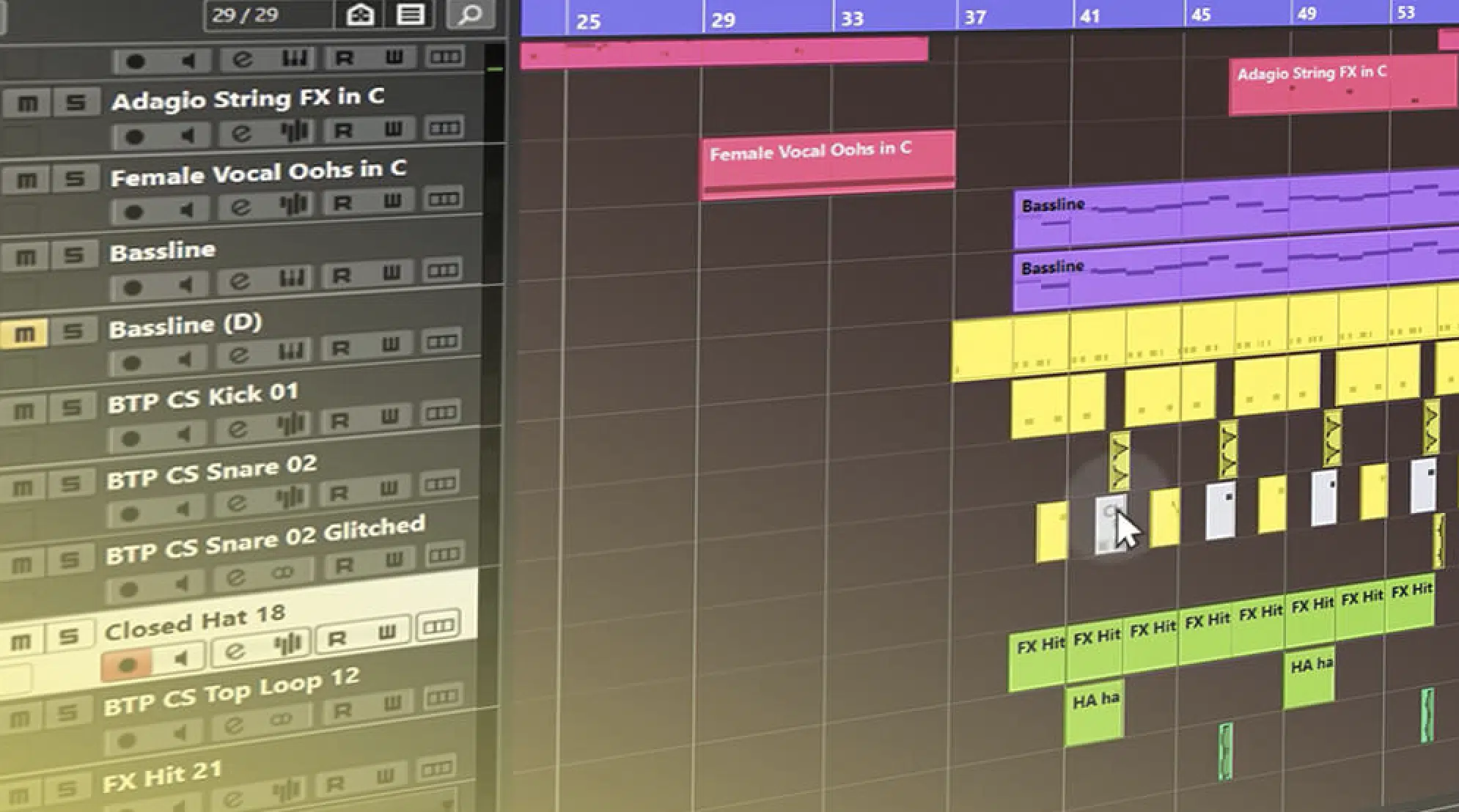
Arranging ambient music involves creating more structure that supports the evolving nature of the soundscape, which I can sum up in two simple steps:
- #1. Start with a foundational element, such as a drone or pad.
- #2. Build layers gradually, introducing new sounds and textures over time.
Unlike traditional music, ambient tracks benefit from a more fluid and less rigid structure 一 it allows elements to come and go organically when people hear it/listen.
For example, an arrangement might begin with a soft drone, add in field recordings, and gradually introduce melodic elements, all while maintaining a cohesive atmosphere.
It’ll keep your listeners engaged and provide a sense of evolution throughout the track.
Remember, whether you’re creating two tracks or a thousand, it’s all about keeping people engaged.
-
Mixing & Mastering Ambient Music

Mixing and mastering ambient music, just like more classical music genres, requires a focus on clarity, depth, and space.
This will ensure that the song remains immersive without becoming cluttered.
During the mixing phase, make sure to prioritize the balance of your elements 一 paying close attention to how different frequencies interact with each other.
For example, using EQ to carve out space for each sound can prevent low-end rumble from overpowering delicate high-frequency textures.
Reverb and delay should be carefully managed to avoid muddying things up when you’re mixing; instead, they should enhance the sense of space and depth within the track.
Mastering ambient music involves subtle adjustments to the overall frequency balance and dynamics to ensure the track translates well across various playback systems, maintaining its atmospheric quality.
How to Make Ambient Music: Final Thoughts
When you’re learning how to make ambient music, it’s all about creating immersive soundscapes and allowing each element to evolve naturally within the mix.
You have to make sure that every sound has its own space and that the atmosphere you build is both engaging and expansive (think: immersive).
This way, your soundscapes will always be dynamic and captivating 一 drawing listeners into the sonic world you’ve created so they can get lost.
Make sure to use this guide when you’re creating ambient music, so you never miss out on essential techniques that make your tracks stand out.
As a special bonus, you’ve got to check out the legendary Free Foley Sounds Pack by into your ambient projects to really take things to the next level.
This pack offers a collection of high-quality, organic sound effects that can add an extra layer of realism and texture to your tracks.
From subtle footsteps to environmental sounds like rain and wind, these foley sounds are perfect for grounding your ambient music in the real world.
All while enhancing its atmospheric qualities, which is key.
Remember, creating ambient music is a journey of exploration and experimentation.
So, trust your instincts, embrace the process, and let your creativity flow; your music will resonate deeply with those who hear it.
Until next time…







Leave a Reply
You must belogged in to post a comment.